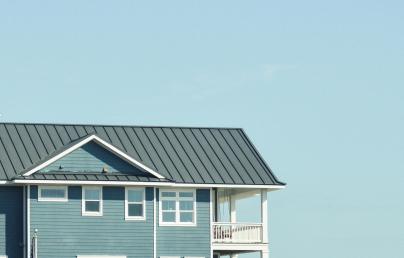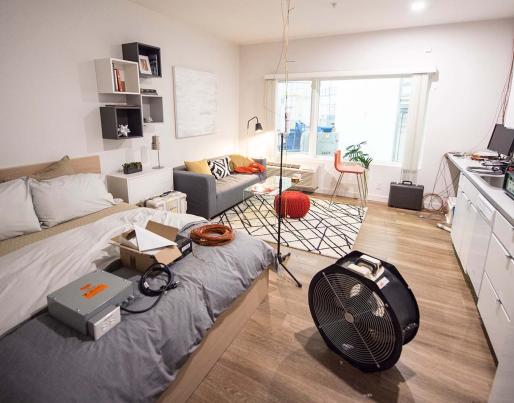
What if our future homes were modular?

What if our future homes were modular?
Photo by Dennis Schroeder, NREL
Modular construction is reshaping the future of housing by offering a blend of energy efficiency and economic accessibility. According to new research from the National Renewable Energy Laboratory (NREL), this building method can reduce energy consumption by up to 50% compared to traditional construction, thanks to its controlled factory fabrication and the use of high-performance materials.
An example is the modular apartment prototype developed by iUnit Communities. It integrates efficient HVAC systems and can function as a microgrid. Because these features are incorporated during the manufacturing phase, energy usage is optimised, and operational costs for residents are significantly reduced.
Modular construction also supports environmental sustainability by cutting material waste and drastically shortening construction timelines. NREL’s findings suggest that early adoption of modular design practices could lead to a 60% reduction in greenhouse gas emissions and a 91% decrease in material waste by 2030. Moreover, controlled construction spaces during the manufacturing phase enhance worker safety. Rather than working on an open construction site, employees carry out tasks in a regulated environment.
This innovative approach is paving the way for a greener, more accessible construction industry, delivering high-quality homes at lower costs and with a much smaller environmental footprint.

